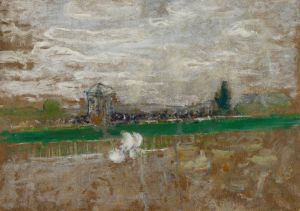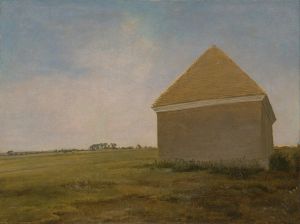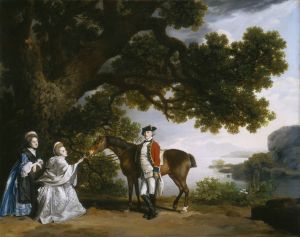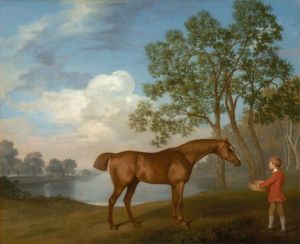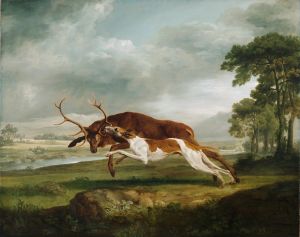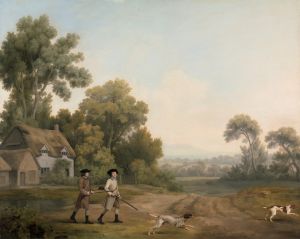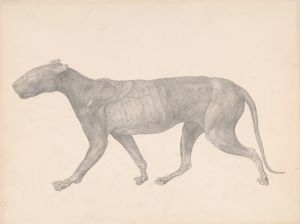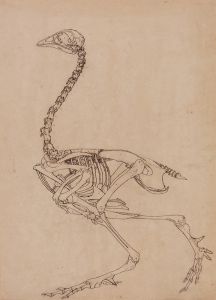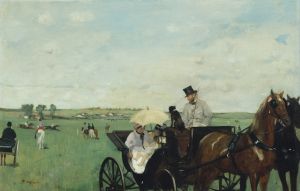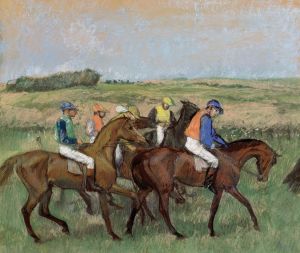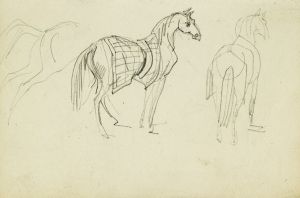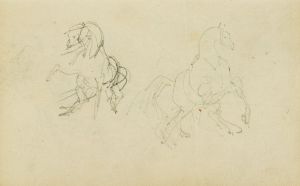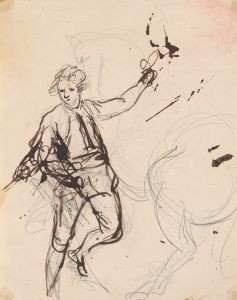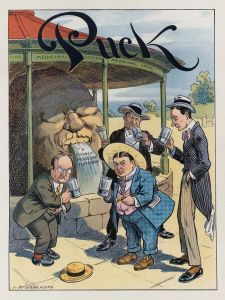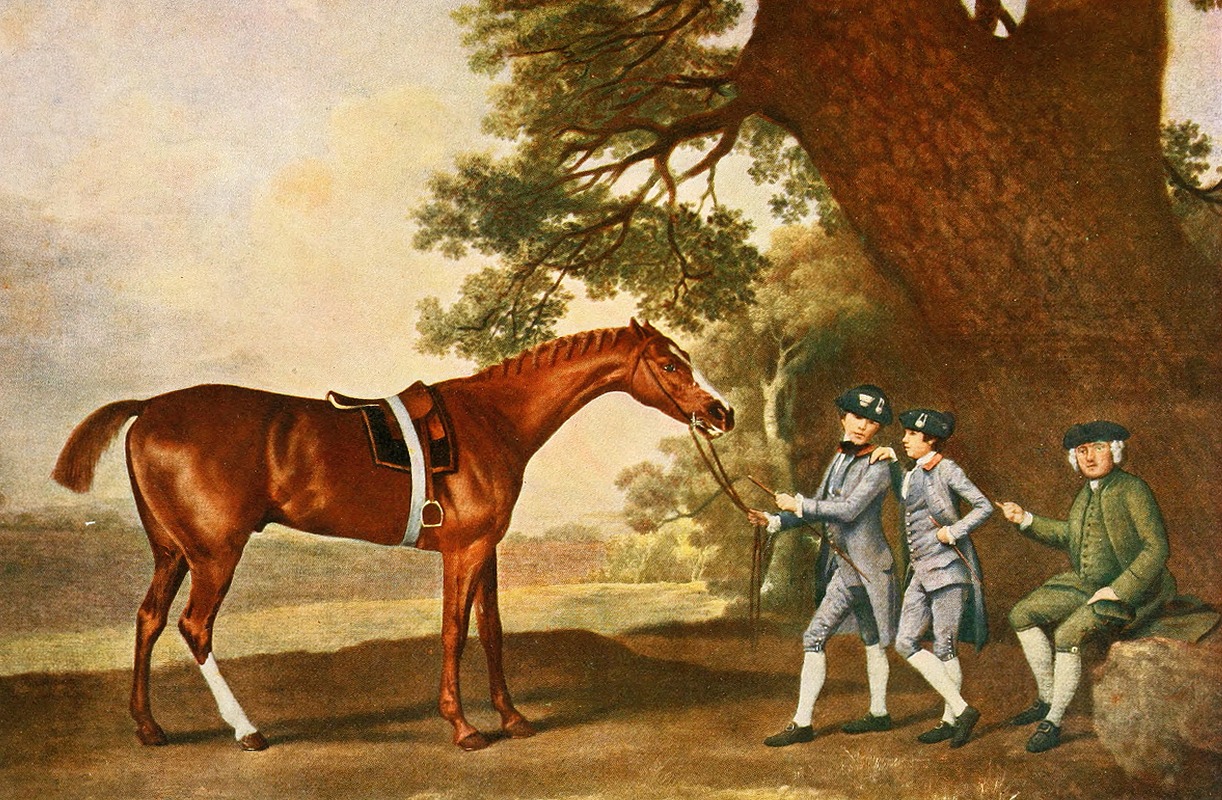
Eclipse
A hand-painted replica of George Stubbs’s masterpiece Eclipse, meticulously crafted by professional artists to capture the true essence of the original. Each piece is created with museum-quality canvas and rare mineral pigments, carefully painted by experienced artists with delicate brushstrokes and rich, layered colors to perfectly recreate the texture of the original artwork. Unlike machine-printed reproductions, this hand-painted version brings the painting to life, infused with the artist’s emotions and skill in every stroke. Whether for personal collection or home decoration, it instantly elevates the artistic atmosphere of any space.
George Stubbs, an English painter renowned for his depictions of animals, particularly horses, created the painting Eclipse in the late 18th century. This artwork portrays Eclipse, one of the most famous racehorses in British history, who lived during the 18th century and became a symbol of excellence in horse racing. Stubbs, known for his meticulous attention to anatomical detail, captured the horse with remarkable precision, reflecting his deep understanding of equine anatomy.
Eclipse, the horse, was foaled on April 1, 1764, during a solar eclipse, which inspired his name. He was bred by the Duke of Cumberland, the third son of King George II, and later owned by a sheep dealer named William Wildman and subsequently by Dennis O’Kelly. Eclipse's racing career was brief but extraordinary; he was unbeaten in all 18 of his races and retired to stud after just 17 months of competition. His dominance on the racetrack and his significant influence as a sire made him a legendary figure in the history of horse racing.
Stubbs's painting of Eclipse is celebrated for its lifelike representation and attention to detail. Stubbs was known for his scientific approach to art, having studied the anatomy of horses extensively. He even conducted dissections to better understand their musculature and skeletal structure, which allowed him to depict horses with unparalleled accuracy. This dedication to anatomical precision is evident in his portrayal of Eclipse, where the horse's musculature, posture, and proportions are rendered with exceptional realism.
The painting is not only a tribute to Eclipse's physical beauty and athleticism but also a reflection of the 18th-century fascination with horse racing and the role of thoroughbreds in British culture. Stubbs's work often captured the relationship between humans and animals, and his paintings of horses, including Eclipse, are considered some of the finest examples of equine art.
Today, Stubbs's paintings, including his works featuring Eclipse, are highly regarded and are housed in various collections and museums. They continue to be studied and admired for their artistic and historical significance, as well as for their contribution to the understanding of equine anatomy and the cultural importance of horse racing in 18th-century Britain.





